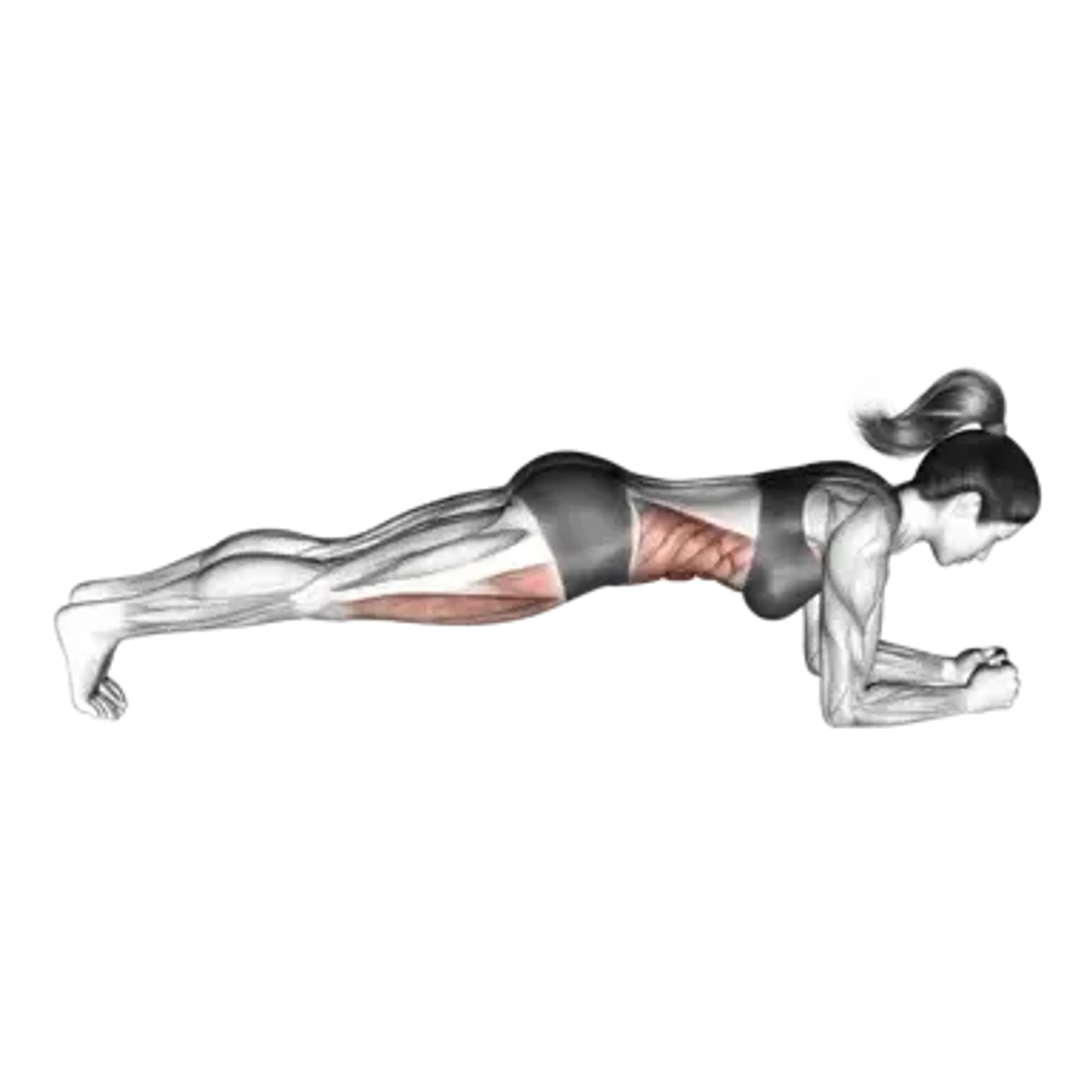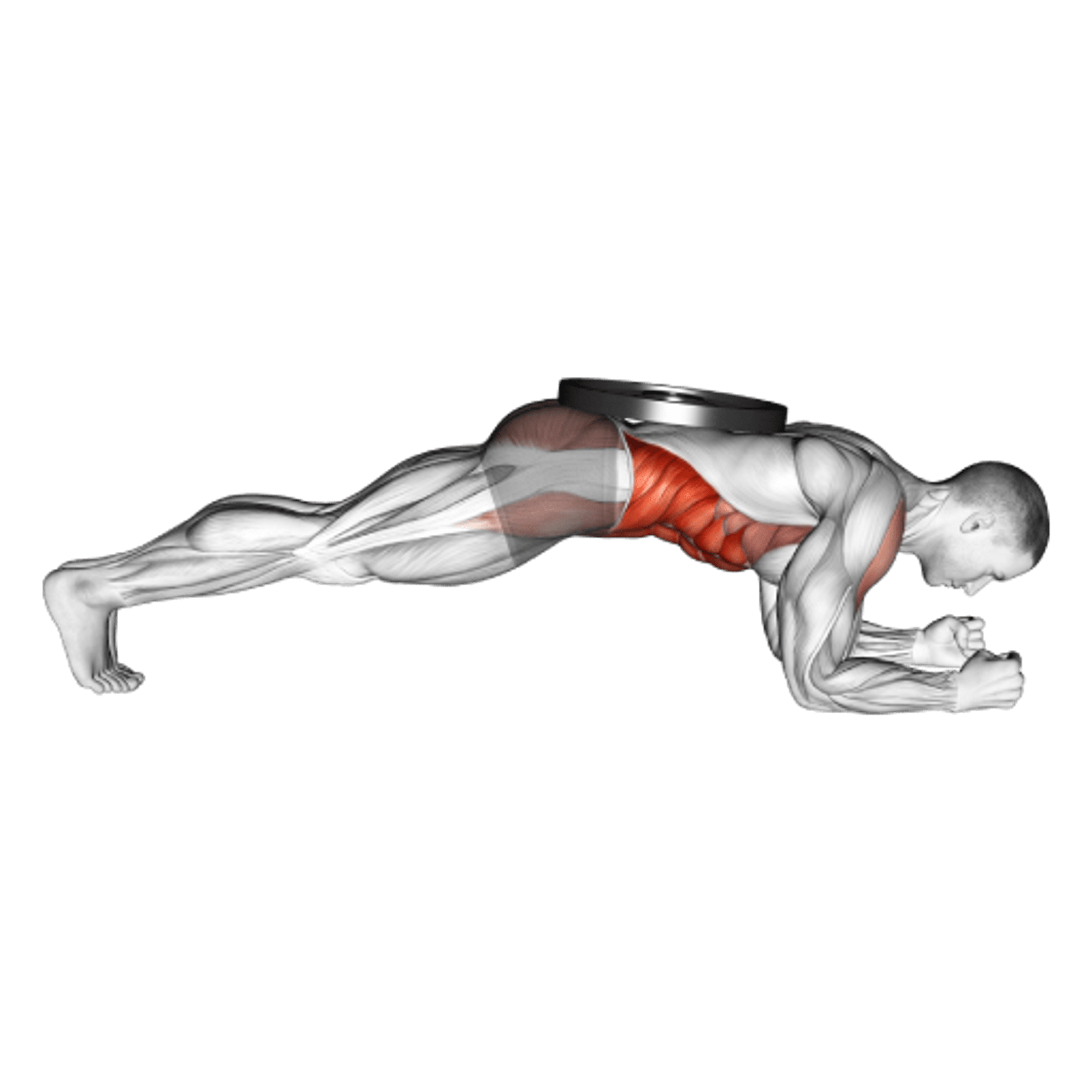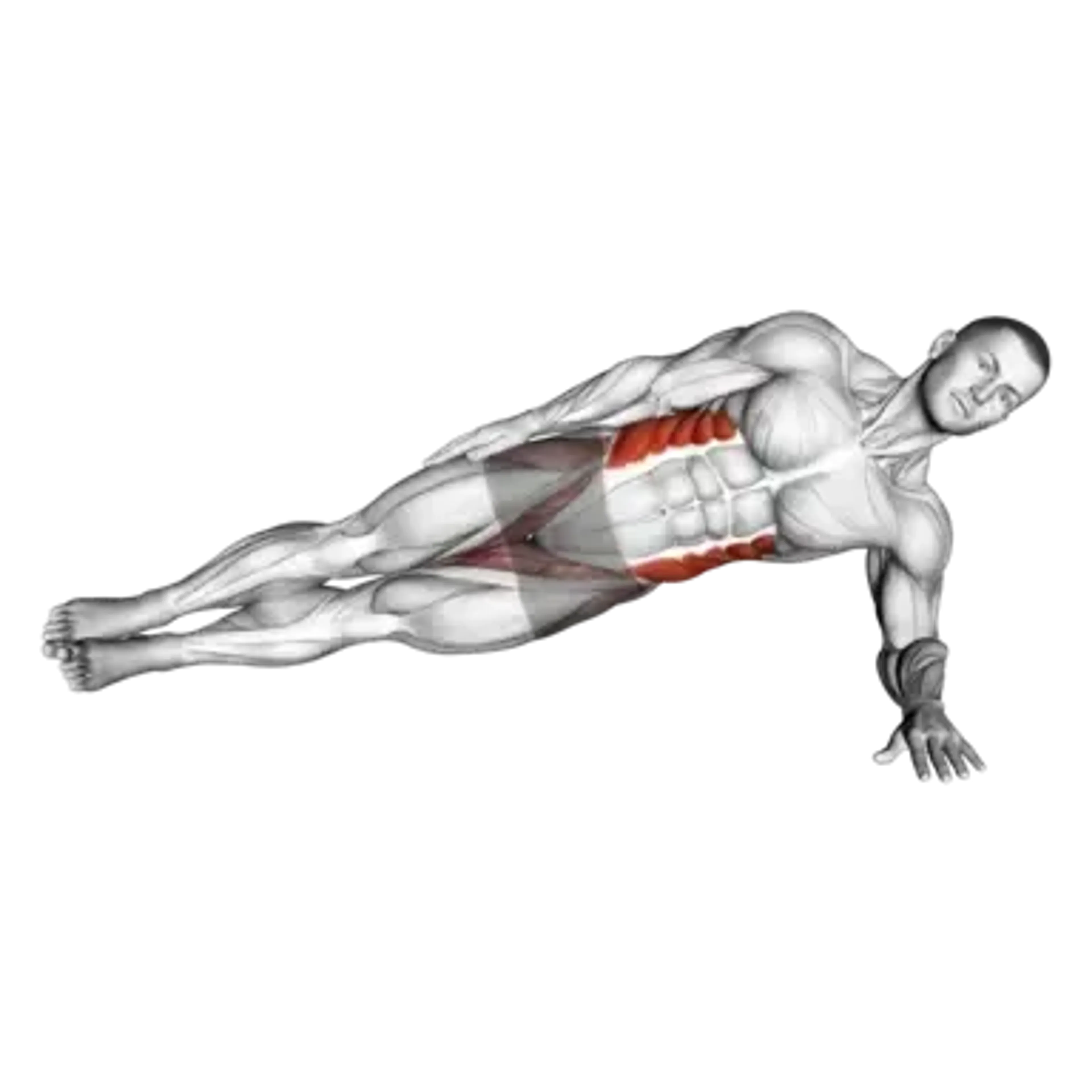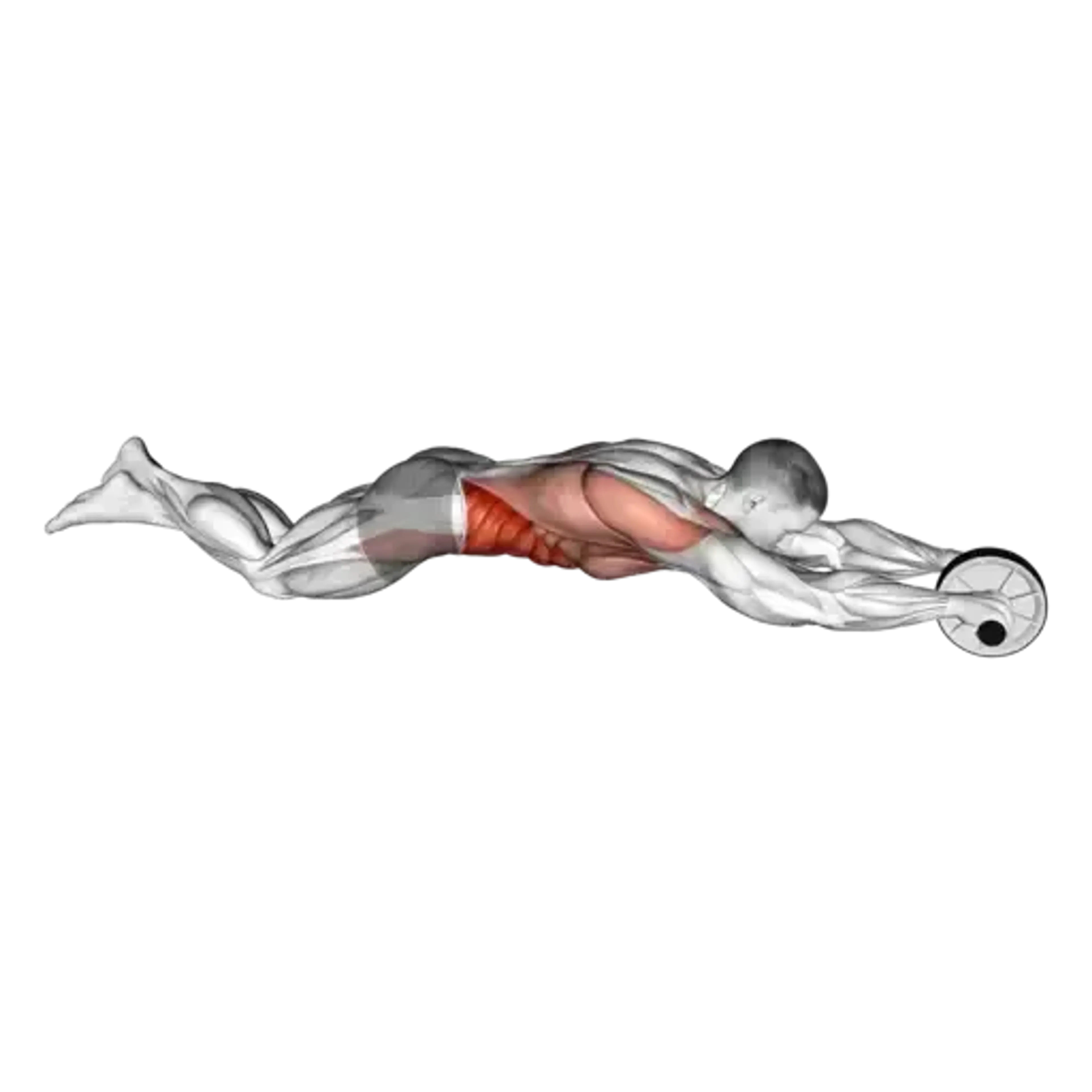Plank to Push-Up

Overview
- Primary Focus:
- Core.
- Equipment:
- Body weight.
- Difficulty:
- Intermediate.
General Information
Plank to Push-Up is a compound exercise that primarily targets the core and also engages the chest, shoulders, triceps, quads, and hamstrings. It is an intermediate-level movement emphasizing trunk stability while transitioning between forearm and high plank positions.
It builds anti-rotation control, shoulder stability, and pressing endurance with minimal equipment. The alternating support challenges bracing and coordination without heavy loading, making it a strong choice for home or warm-up sequences.
Use it for accessory conditioning, core hypertrophy via long time-under-tension, or as a technique bridge toward strict push-up volume. A wider base reduces sway; a narrower base increases core demand.
Muscles Worked
- Rectus Abdominis
- Primary
- External Oblique
- High
- Deltoid
- Medium
- Erector Spinae
- Medium
- Pectoralis Major
- Medium
- Rectus Abdominis (Lower)
- Medium
- Triceps Brachii (Long Head)
- Medium
Instructions
- Start in a strong forearm plank with elbows under shoulders, ribs down, and glutes lightly engaged.
- Set a stable base with feet hip-width apart to minimize hip sway.
- Plant one palm on the floor where your elbow was, keeping hips square to the ground.
- Plant the other palm and press to a high plank without letting the low back sag or ribs flare.
- Lower one arm back to forearm position, then the other, keeping the torso quiet and steady.
- Alternate the lead arm each rep or each set to balance shoulder loading.
- Maintain nasal or calm mouth breathing and a consistent tempo for all reps.
Common Mistakes
Injuries
Plank to Push-Up is a low risk exercise when performed with proper technique.
The main risks are low-back sag and shoulder irritation if you let the ribs flare or collapse on the transition. Keep a slight posterior tilt and press away from the floor to maintain shoulder space.
Regress by widening the stance or elevating hands; progress by narrowing the stance or adding a slow tempo. Stop if you feel sharp shoulder or lumbar pain and adjust setup before continuing.
Alternative Exercises
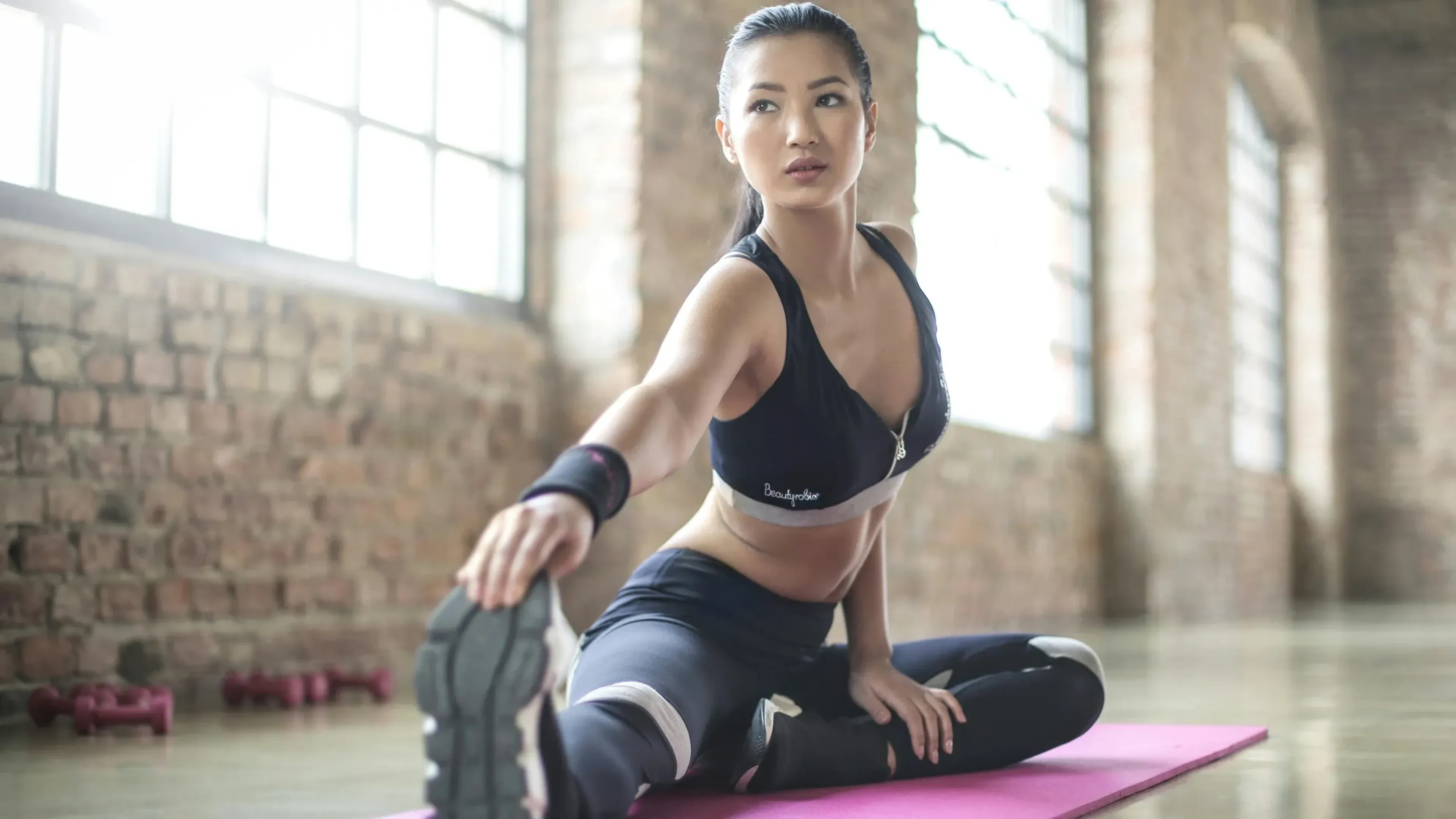
Frequently Asked Questions
- Q: Can I do this on my knees?
Yes. The knee-supported version reduces load and helps maintain trunk control while you learn the pattern.
- Q: What if my wrists get uncomfortable?
Use push-up handles or dumbbells to keep wrists neutral, or elevate the hands on a box to reduce extension angle.
- Q: How wide should my feet be?
Hip-width is a good start. Wider increases stability; narrower increases core demand. Choose the narrowest width that keeps your hips quiet.
Overview
- Primary Focus:
- Core.
- Equipment:
- Body weight.
- Difficulty:
- Intermediate.
